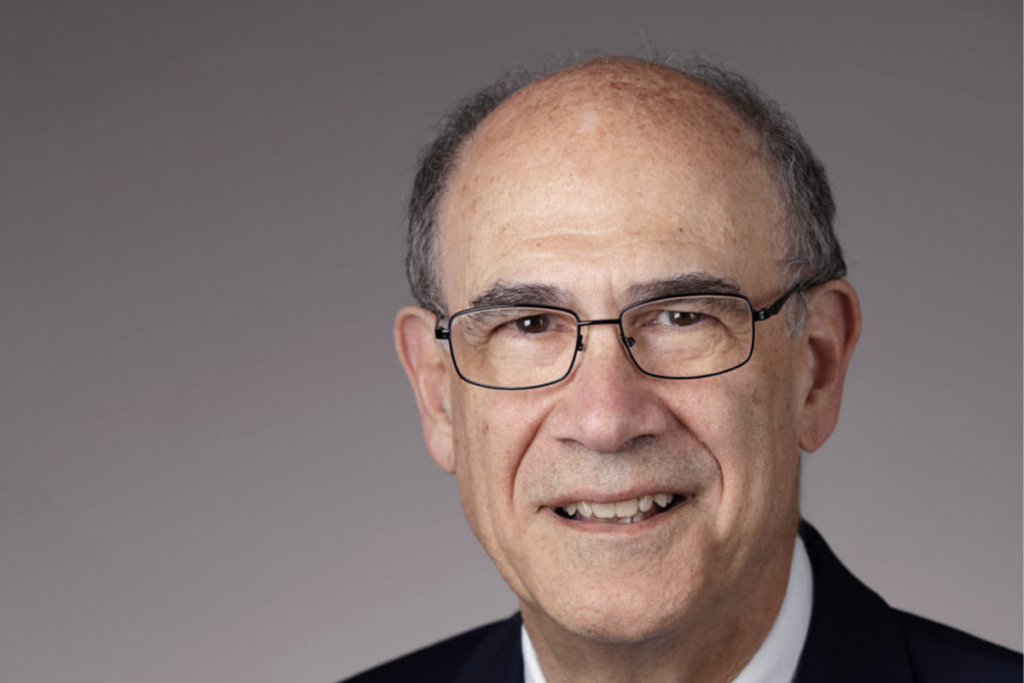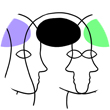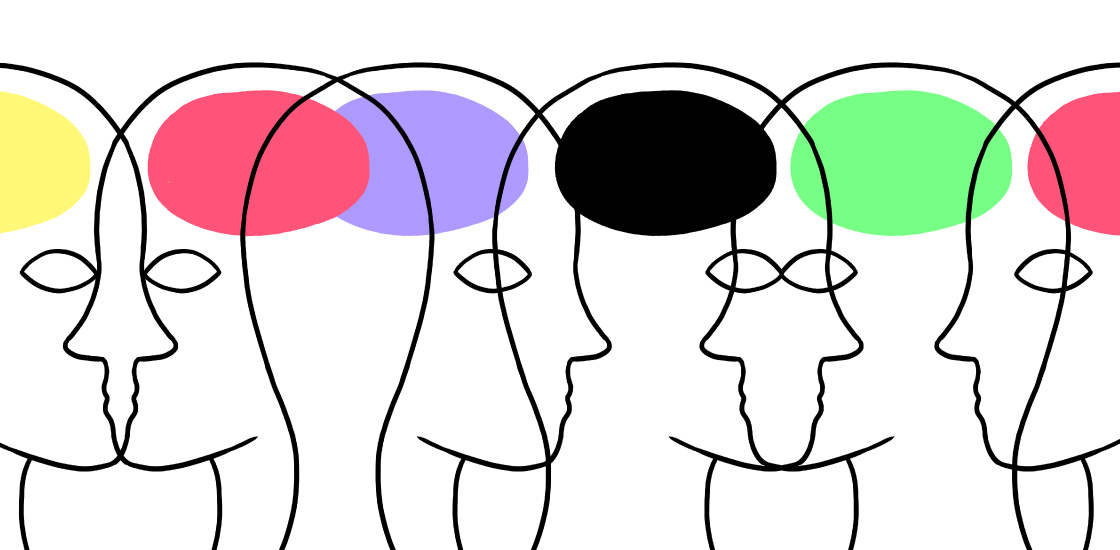
At Spectrum, we are proud of every story we publish — from breaking news about autism prevalence to an in-depth look at autism as a problem of prediction. But a few stories stand out — because of the shocking revelation at their core, the humanity they highlight beneath the science or simply because they are beautifully told.
The stories that made this list garnered the most votes from our staff and outside scientists. Reader feedback played a role, too. Here are our five stories from 2018 you may have missed the first time around.
How is autism diagnosed? Why do more boys than girls have autism? How much do genes and the environment shape autism? In this special section of the site, our writers pull together the latest science to answer these and other questions. The pieces in this evolving report also highlight gaps and contradictions in the data.
 The costs of camouflaging autism
The costs of camouflaging autism
Many autistic girls try to mask their autism by carefully observing the social behaviors of typical peers and mimicking them. For some, such ‘camouflaging’ is a conscious effort to fit in. For others, it is an unconscious coping mechanism. To get to the root of this phenomenon, freelance writer Francine Russo spoke to autistic women about their experiences of camouflaging, and she found that it sometimes adds up to a dangerous strategy for survival.
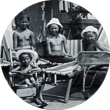 New evidence ties Hans Asperger to Nazi eugenics program
New evidence ties Hans Asperger to Nazi eugenics program
The Austrian doctor Hans Asperger is famous for a 1944 paper describing a form of autism known as ‘Asperger syndrome.’ But a paper and book that debuted earlier this year made him infamous as well: The publications present evidence that Asperger cooperated with the Nazi regime. He reportedly referred dozens of children to a clinic where doctors experimented on or even killed them. The latest diagnostic manuals no longer separate Asperger syndrome from autism, and its controversial origin may speed the term’s exit from popular lexicon, too.
A few individuals with autism have undergone deep brain stimulation to treat problems such as severe self-injury or obsessive behaviors. Ingrid Wickelgren, Spectrum’s managing editor, traced the story of one young woman over the course of multiple surgeries. For this young woman, Becky, the technique brought big benefits, quashing her obsession with minutiae so that she could participate in life again. But success is sporadic: No clinical trials support the use of the method in people with autism, and the procedure is fraught with risks and unknowns.
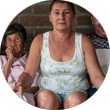 Unlocking the secrets of fragile X in Colombia
Unlocking the secrets of fragile X in Colombia
Medical geneticist Wilmar Saldarriaga-Gil has spent the past 25 years studying the world’s largest known cluster of people with fragile X syndrome, a condition related to autism. This summer, Spectrum reporter Hannah Furfaro travelled to Ricaurte, Colombia, to meet Saldarriaga-Gil and to see how fragile X has come to define this small town’s entire population. What Saldarriaga-Gil and his colleagues discover there might help the town’s residents, but it might also yield clues to treatments for the syndrome. We developed and published this medical detective story in partnership with Science magazine.
Recommended reading
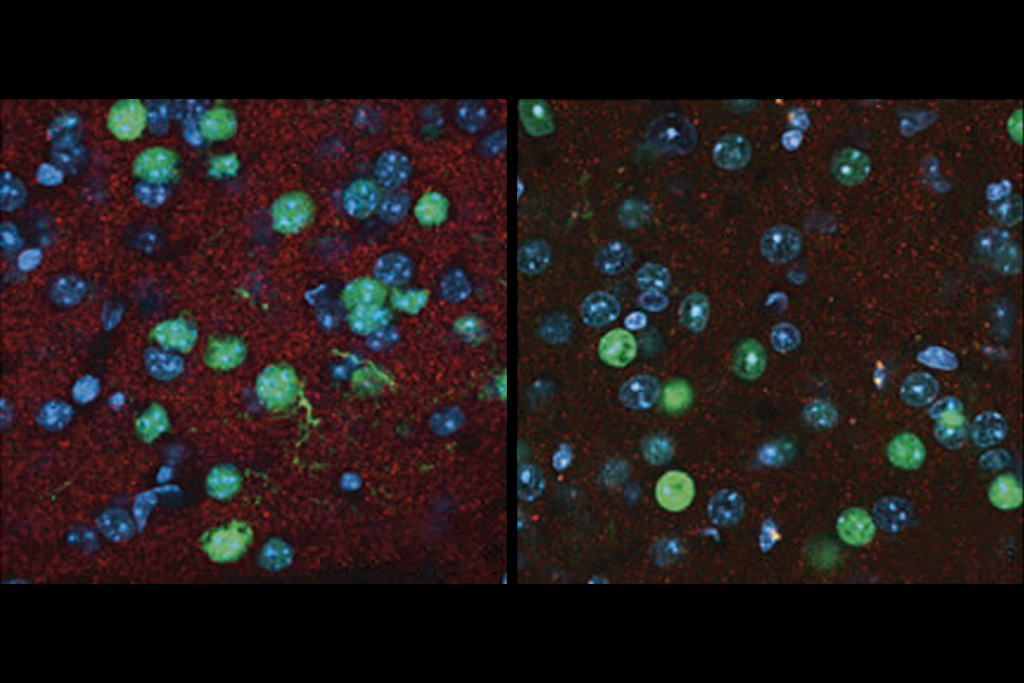
SHANK3 deficiency and behavior in mice; and more

Autism scientists push back on CDC’s inaccurate vaccine claims
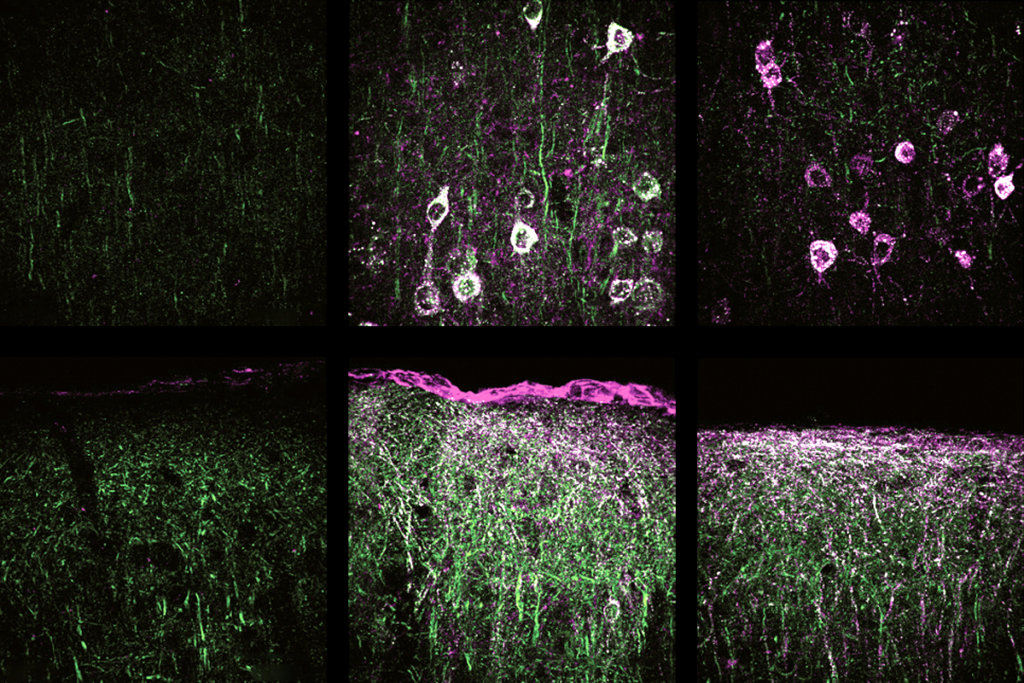
Gene replacement therapy normalizes some traits in SYNGAP1 model mice
Explore more from The Transmitter

Sex hormone boosts female rats’ sensitivity to unexpected rewards
